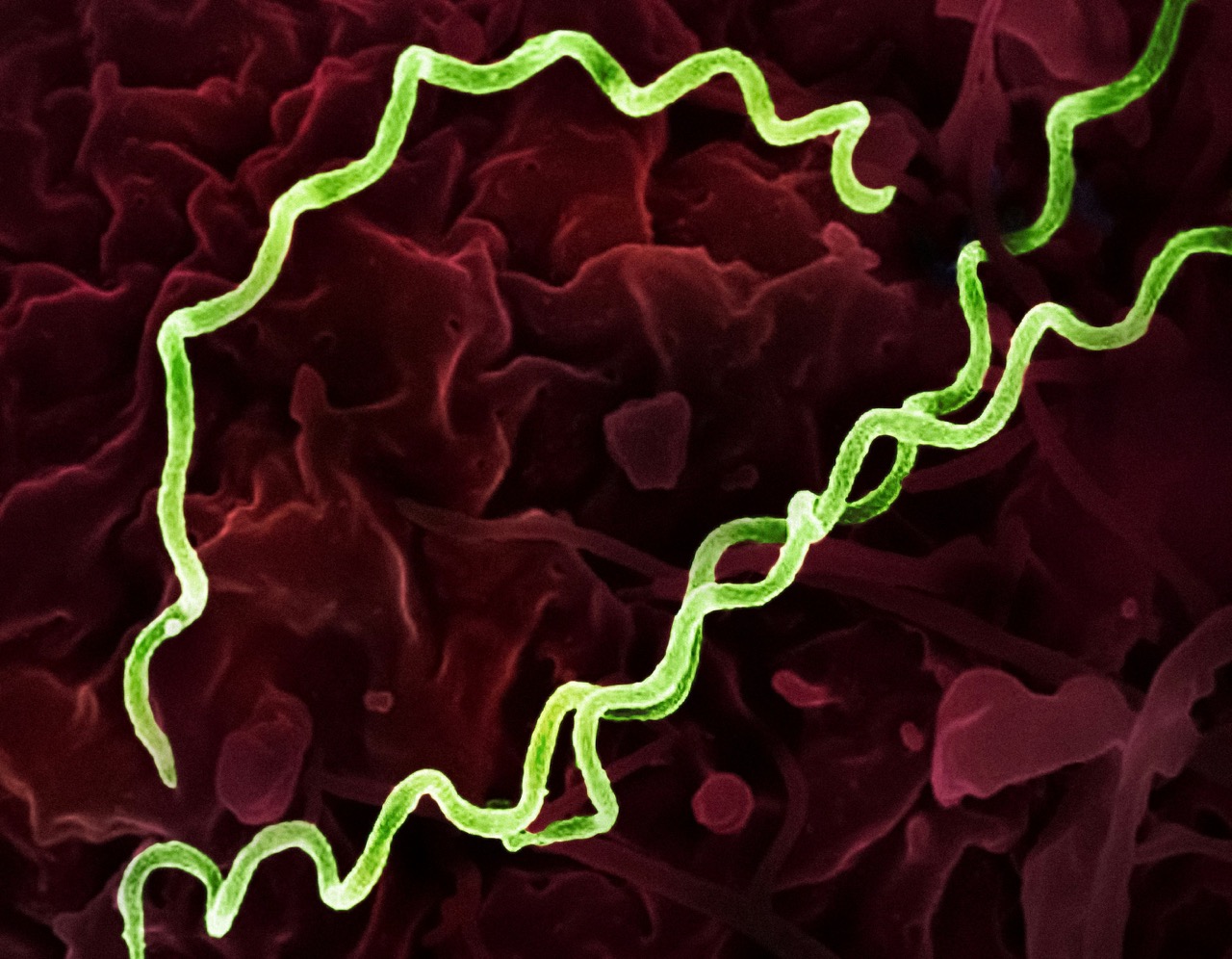Human Papillomavirus (HPV) is one of the most common sexually transmitted infections globally, with millions of people affected each year. While many associate HPV transmission with sexual contact, there are often questions surrounding its spread through everyday items, such as towels or razors. This article aims to clarify these concerns by exploring how HPV is transmitted, debunking common myths, investigating the virus’s survival on surfaces, and providing practical tips for reducing transmission risks in everyday life.
Understanding HPV: Transmission and Risk Factors Explained
HPV is primarily transmitted through direct skin-to-skin contact, particularly during vaginal, anal, or oral sex. The virus can infect the genital area, mouth, and throat, leading to various health issues, including genital warts and certain cancers. It is essential to recognize that HPV is highly contagious, and individuals may not exhibit symptoms, making it difficult to know if one has the virus. Nonetheless, understanding the primary transmission routes is vital for risk assessment.
Various risk factors contribute to HPV transmission. Having multiple sexual partners, being sexually active at a young age, and immunocompromised conditions can increase an individual’s likelihood of contracting the virus. Additionally, certain strains of HPV are more likely to be linked with severe health outcomes, such as cervical cancer. Thus, it is paramount to focus on preventive measures such as vaccination and safe sexual practices to mitigate risks associated with HPV.
Public health campaigns have emphasized the importance of HPV vaccines, which can significantly reduce the likelihood of infection with the most dangerous strains. Even though HPV vaccination is a crucial preventative measure, it does not eliminate the need for regular health screenings, as some individuals may still be at risk for HPV-related diseases. Understanding these risk factors can help individuals make informed decisions about their sexual health and overall well-being.
Common Myths: Can HPV Spread Through Towels or Razors?
A prevalent myth surrounding HPV is that it can be easily transmitted through sharing towels or razors. Many people believe that casual contact with contaminated objects could lead to infection, particularly in communal settings like gyms or swimming pools. However, it is important to clarify that HPV is not transmitted through indirect contact with surfaces or items. The primary method of transmission remains direct skin-to-skin contact.
While it is theoretically possible for HPV to survive on surfaces for a short period, the likelihood of transmission through towels or razors is extremely low. Unlike some other infections, HPV does not thrive outside the human body for prolonged periods. Therefore, using shared towels or razors poses a minimal risk for HPV transmission, particularly when compared to direct sexual contact or intimate activities.
This myth often leads to unnecessary anxiety and stigma surrounding HPV and its transmission. It is essential to base our understanding of HPV on scientific evidence and reliable information rather than misconceptions. By dispelling these myths, individuals can focus on practical measures to protect their sexual health without undue worry about everyday interactions.
Scientific Evidence: HPV Survival on Surfaces Discussed
Scientific studies indicate that HPV does not survive well on surfaces outside the human body. Research shows that while HPV can be detected on skin or mucosal surfaces, its ability to remain infectious on inanimate objects, such as towels or razors, is limited. The virus requires a warm, moist environment to survive and replicate, which is typically found in the human body, particularly in the genital area.
In a laboratory setting, some strains of HPV have been shown to remain viable for a short time on surfaces, but this does not translate to realistic transmission scenarios. Most studies suggest that for HPV to spread, it requires direct contact with infected skin or mucous membranes, rather than through contaminated objects. The risk of acquiring HPV through indirect contact is significantly lower than through established routes of transmission.
Understanding the survival characteristics of HPV on surfaces can help alleviate fears regarding everyday activities. It is essential to direct attention towards more significant risk factors, such as sexual practices, to better manage personal health and well-being. Thus, while maintaining hygiene is important, the focus should remain on avoiding high-risk behaviors that contribute to HPV transmission.
Best Practices: Reducing HPV Transmission Risks at Home
To minimize HPV transmission risks in the home environment, it is essential to practice good hygiene and safe behaviors. Regularly washing towels and personal items can help eliminate bacteria and viruses, including HPV, but it is also vital to ensure that shared items are limited. Each household member should ideally have their own personal items, such as towels, razors, and grooming products, to further reduce any risk of transmission.
Engaging in open discussions about sexual health with partners and practicing safe sex can significantly decrease the likelihood of HPV infection. Using barrier methods, such as condoms or dental dams, during sexual activities provides added protection. While these methods do not guarantee complete protection against HPV, they can significantly lower the risk of transmission, especially if one partner is known to carry the virus.
Lastly, getting vaccinated against HPV remains the most effective way to prevent infections from high-risk strains. The HPV vaccine is recommended for both males and females and is most effective before individuals become sexually active. Regular screenings and check-ups can also help detect any HPV-related health issues early, making it crucial to prioritize reproductive health and preventive care.
In conclusion, while concerns about HPV transmission may extend to common household items like towels or razors, it is essential to understand the primary routes of transmission and the scientific evidence surrounding this topic. By debunking myths and focusing on best practices for hygiene and sexual health, individuals can take proactive steps to reduce HPV risks. Vaccination, communication, and safe behaviors are vital components in managing personal health and preventing the spread of HPV, ultimately leading to a healthier community.










